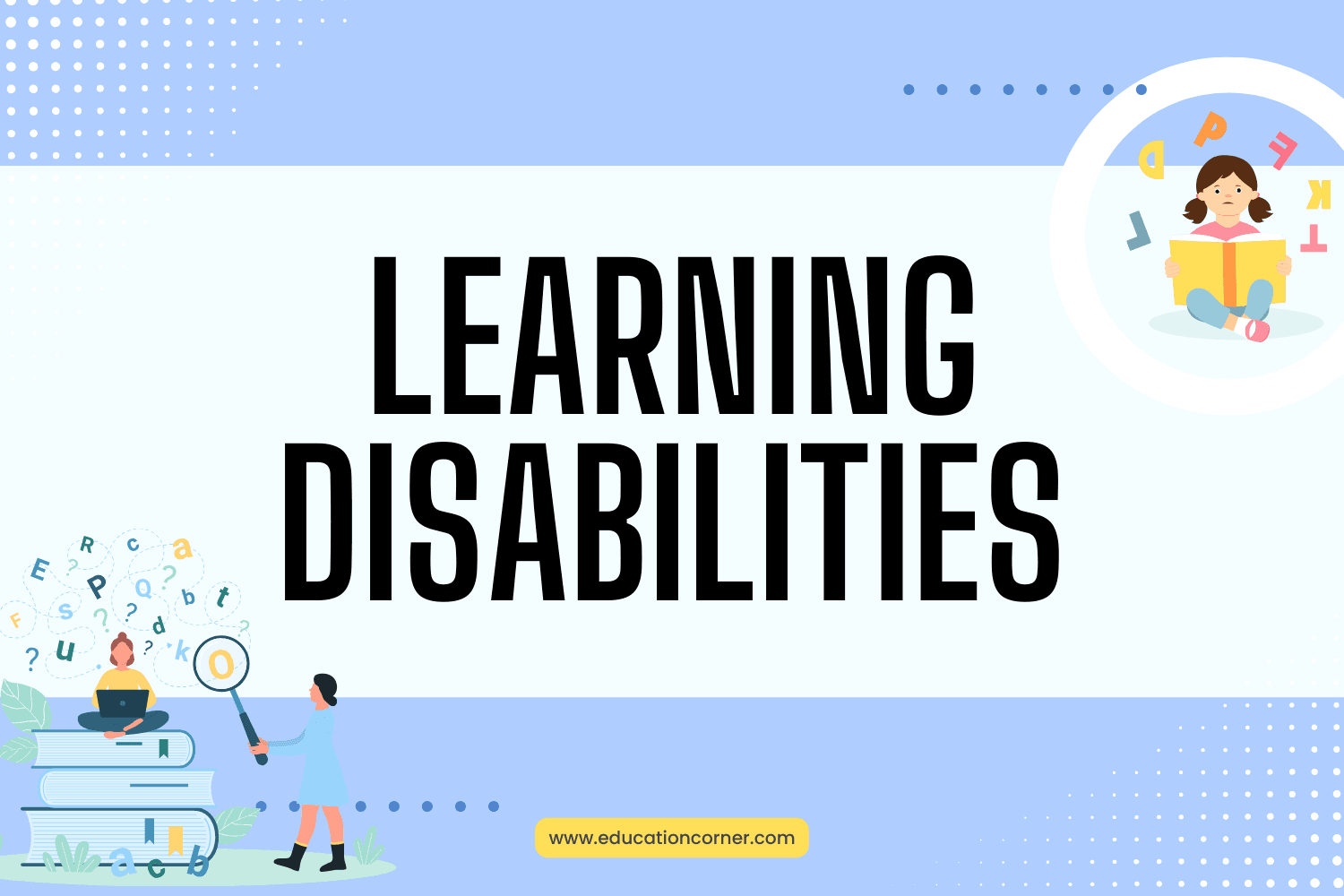Learning disabilities (LD) are neurological disorders that often impede the ability for individuals, adolescent or adult, to acquire academic skills and interact socially.
Some people mistakenly think LD is the result of laziness or low intelligence, but this couldn’t be further from the truth. In addition, terms learning disability and learning disorder are often used interchangeably, but they are quite different.
Learning disorder is an official clinical diagnosis, as determined by a professional (doctor, psychologist, etc.) Learning disability describes a group of disorders which are characterized by underdevelopment of specific language, speech and academic skills.
Dyslexia, for example, is a common reading disability, characterized by difficulty with learning to read fluently and with accurate comprehension despite normal, or above normal intelligence.
Understanding the different types of learning disabilities will allow you to become a better advocate for the success of those who struggle with learning disabilities.
Below you can learn more about common learning disabilities, and find information and resources to help those who struggle with LD.
- Normal? Or developmentally delayed?
- Learning Disabilities Explored
- Teaching Students with ADHD
- Teaching Students with Asperger Syndrome
- Emotional and Behavioral Disorders in the Classroom
- Language Processing Delays – Auditory Processing
- Mild Intellectual Disability (MID), or Mild Mental Retardation
- Multiple Disabilities
- Strategies for Hearing Impaired Students
- A Lesson Plan to Help Students with Dyslexia with Spelling

